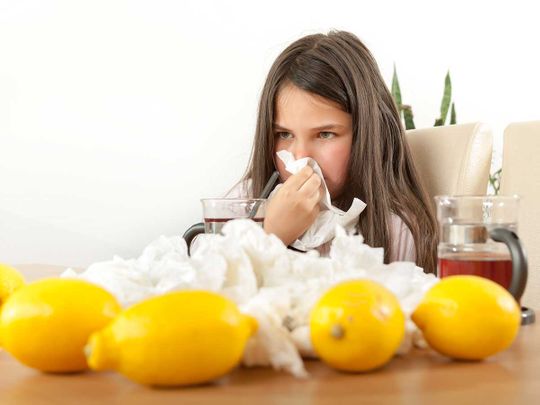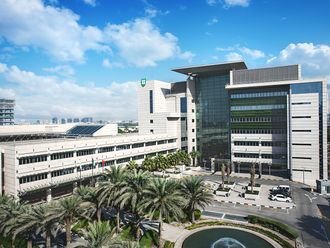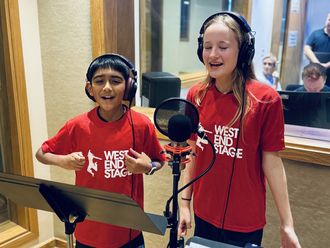
This year’s World Allergy Week – a global campaign of the World Allergy Organisation (WAO) – has a very specific headline subject: “The Global Problem of Food Allergy.”
A child’s immune system is not as developed or as robust as that of an adult, so when their immune system is in flux, he or she is at increased risk of developing food allergies. Kids more commonly have an allergy to peanuts and milk; other frequently seen triggers include eggs, fish, shellfish, soy, tree nuts such as pecans, cashews and walnuts, and wheat. The most severe reactions are typically to peanuts, tree nuts, fish and shellfish — all allergies that can last a lifetime. Children often outgrow allergies to milk, eggs, soy and wheat.
Dr Waffa Ayesh, Director, Clinical Nutrition Department at the DHA sounded a note of caution when it comes to eliminating foods from a child’s diet.
“Removing foods from your child can lead to the loss of important nutrients,” she said. “A balanced, nutrient rich diet is vital for their growth and development. A child’s body stores nutrients, so a short-term – for example two week – elimination diet is likely not a concern regarding nutrition. Beyond two weeks, you must find safe sources of nutrients to replace those lost from foods your child can no longer eat.”
The Allergy Network Dubai (AND) has been set up to share information and experiences of anaphylaxis and severe food allergies. Founder Sarah Decker says she talks every day with people dealing with food allergies, asthma and anaphylaxis. When it comes to parents worried about their allergic kids, she says social isolation can be an issue.
“Problems include bullying, whether schools are providing a safe environment for these children, and the question of whether restaurants and other institutions understand allergens and cross contamination and the risks that comes along with it,” she said.
Ghadeer Jaamour, Dubai mum to a son with severe food allergies, says that ever since she discovered the problem by chance when he was nine months old she officially became ‘food allergy mum.’
“It was a life-changing transformation. Until a food allergy becomes a part of one’s life, it is difficult to imagine how something so small can be such a constant threat. We must think twice before doing anything, from eating outside, grocery shopping, play dates, to travelling. The list goes on. We just have to be prepared for every situation.”
Air can be a threat to. According to a new World Health Organization (WHO) report on air pollution and child health, more than 90 percent breathe toxic air every day. Children are particularly vulnerable to air pollution as their lungs and brains are still developing. They breathe more rapidly and therefore inhale more air in relation to their body weight. Pollution and irritants like dust and sand can cause a range of issues including asthma.
There are some interesting new products to fight this problem though. Blueair ultra high-performance air purifiers – backed by Asthma Allergy Nordic, the association of allergy and asthma organisations – works well in alleviating suffering from hypersensitivity to allergens in the air.
“We are committed to improving the lives of people suffering from allergy and asthma by providing best-in-test air purifiers that remove allergens such as dust, mites, pollen, pet dander and chemicals from the air,” says TR Ganesh, General Manager, Blueair Middle East.












